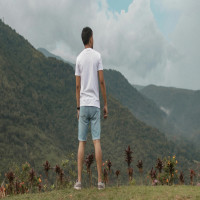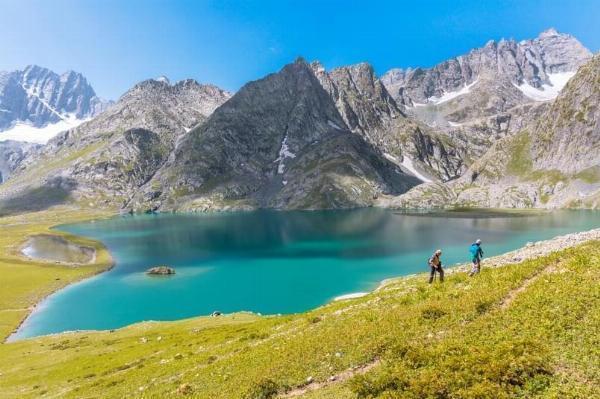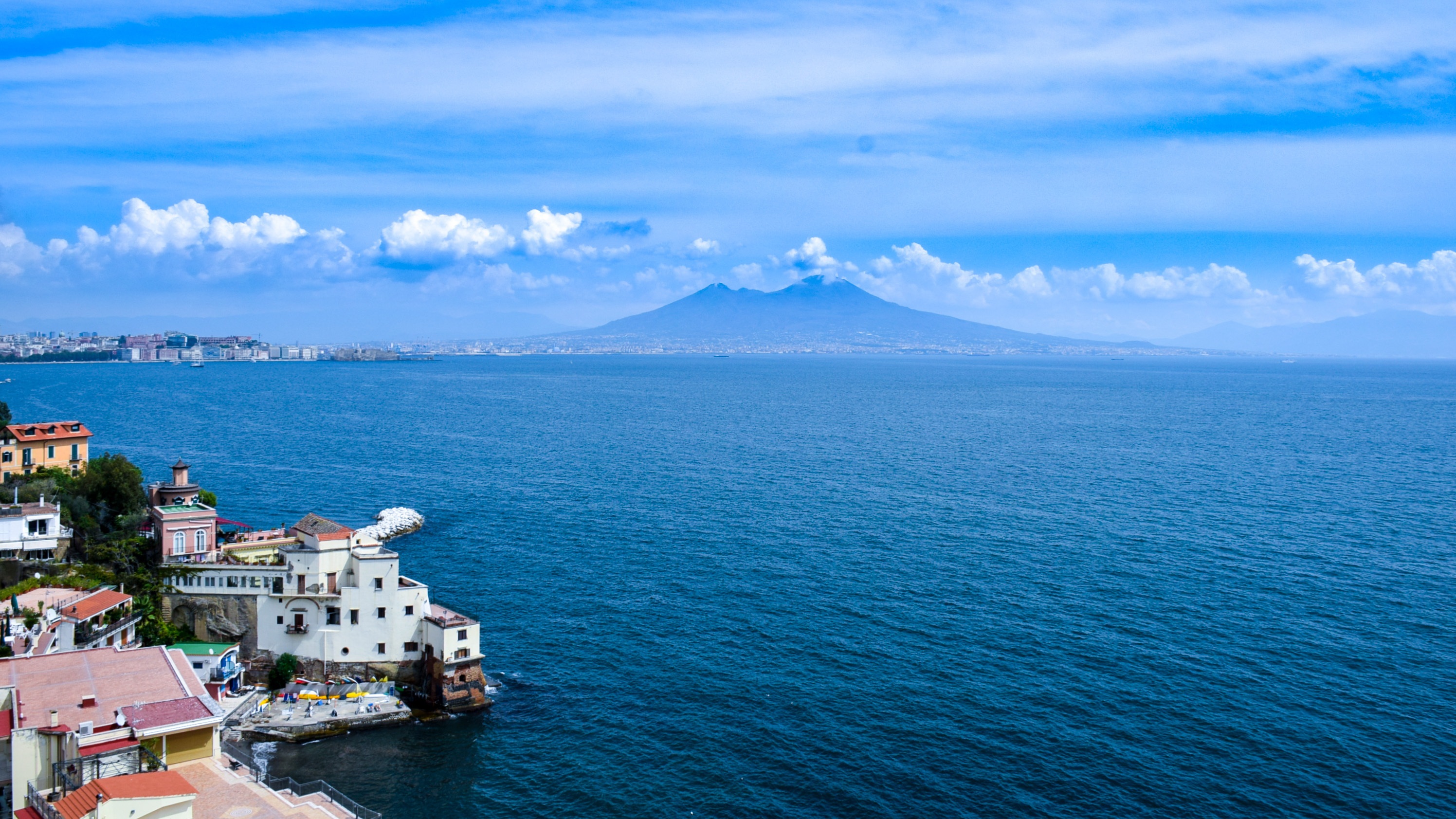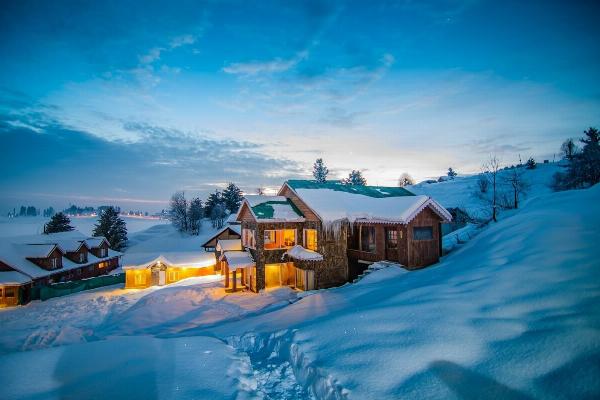Best Time to Visit Nag Tibba Trek and Tips Before You Go
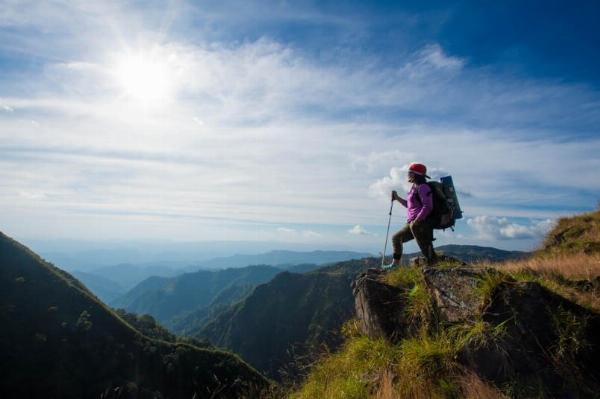
Strong 8k brings an ultra-HD IPTV experience to your living room and your pocket.
Introduction
Nag Tibba, known as the Serpent’s Peak, is a trekker’s paradise located in the Garhwal region of Uttarakhand, India. Standing tall at 9,915 feet, this peak offers a splendid view of the Himalayan ranges, including Bandarpoonch, Kedarnath, and Gangotri. The Nag Tibba trek is suitable for both novice and experienced trekkers, making it a popular choice for adventure enthusiasts. To ensure a memorable trekking experience, it's crucial to plan your visit during the optimal time and be well-prepared. This article provides an in-depth guide on the best time to visit Nag Tibba and essential tips before you go.
Best Time to Visit Nag Tibba
The beauty of Nag Tibba changes with the seasons, each offering a unique experience. Here’s a detailed look at what each season has to offer:
Spring (March to April)
Advantages:
Floral Bloom: Spring brings a burst of colors with rhododendrons and other wildflowers in full bloom.
Mild Weather: The weather is pleasant, with daytime temperatures ranging between 10°C to 15°C, making it ideal for trekking.
Drawbacks:
Crowds: This is a popular time, so expect more trekkers on the trail.
Highlights:
Photographic Opportunities: The vibrant landscape provides excellent opportunities for photography.
Wildlife Sightings: The pleasant weather also encourages wildlife activity, offering a chance to spot some fauna.
Summer (May to June)
Advantages:
Clear Skies: The clear skies provide stunning views of the snow-capped Himalayan peaks.
Comfortable Temperatures: Daytime temperatures hover around 15°C to 20°C, making it comfortable for trekking.
Drawbacks:
Pre-Monsoon Rains: Late June can sometimes bring pre-monsoon showers, which might make the trail slippery.
Highlights:
Extended Daylight: Longer days mean more time for trekking and exploring.
Monsoon (July to September)
Advantages:
Lush Greenery: The landscape turns lush green with fresh vegetation.
Drawbacks:
Heavy Rainfall: Monsoon brings heavy rainfall, making the trail slippery and increasing the risk of landslides.
Leeches and Insects: The damp environment is conducive to leeches and other insects.
Highlights:
Serenity: Fewer trekkers during this season mean a more serene and solitary trekking experience.
Autumn (October to November)
Advantages:
Post-Monsoon Freshness: The landscape is clean and fresh after the monsoon.
Clear Views: The skies are generally clear, offering spectacular views of the Himalayas.
Drawbacks:
Dropping Temperatures: As November approaches, temperatures start to drop, especially at night.
Highlights:
Perfect for Photography: The crisp air and clear skies provide excellent visibility for photography.
Winter (December to February)
Advantages:
Snow Trekking: The trail is covered in snow, offering a unique trekking experience.
Fewer Crowds: Winter treks are less crowded, providing a peaceful experience.
Drawbacks:
Extreme Cold: Temperatures can drop below freezing, especially at night.
Snow Blockades: Heavy snowfall can sometimes block the trail, requiring changes in plans.
Highlights:
Snow Adventures: Ideal for those looking to experience a snow trek and enjoy the pristine white landscape.
Tips Before You Go
To ensure a safe and enjoyable trek to Nag Tibba, here are some essential tips:
1. Physical Preparation
Fitness Level: Ensure you are physically fit to handle the trek. Engage in regular cardio and strength training exercises to build stamina and endurance. Acclimatization: Acclimatize yourself if you are coming from a low altitude to avoid altitude sickness. Spend a day in Dehradun or Mussoorie before starting the trek.
2. Packing Essentials
Clothing: Pack in layers to adjust to temperature changes. Include thermal wear, a fleece jacket, a waterproof and windproof jacket, and comfortable trekking pants. Footwear: Invest in a good pair of trekking boots with proper ankle support and grip. Break them in before the trek to avoid blisters. Accessories: Bring trekking poles, gloves, a hat, and sunglasses. A sturdy backpack and a rain cover are also essential. Camping Gear: If planning to camp, carry a tent, sleeping bag (suitable for sub-zero temperatures in winter), and a portable stove. Alternatively, local operators offer packages with camping arrangements. Food and Water: Carry high-energy snacks like nuts, dried fruits, and energy bars. A reusable water bottle with a filtration system or purification tablets is necessary. First Aid Kit: Pack a basic first aid kit including band-aids, antiseptic, pain relievers, and altitude sickness medication. Include any personal medication you might need.
3. Weather and Safety
Weather Check: Always check the weather forecast before starting your trek. Be prepared for sudden weather changes, especially in the mountains. Guide and Permits: Hiring a local guide is recommended for safety and navigation. Ensure you have all necessary permits, which can usually be arranged by your guide or trekking agency. Emergency Plan: Have an emergency plan in place. Know the nearest medical facilities and keep emergency contact numbers handy.
4. Environmental Responsibility
Leave No Trace: Follow the principles of Leave No Trace. Carry back all non-biodegradable waste and minimize your impact on the environment. Respect Wildlife: Maintain a safe distance from wildlife and do not disturb their natural habitat. Stay on Trails: Stick to designated trails to prevent soil erosion and protect fragile ecosystems.
5. Local Culture and Interaction
Respect Local Customs: Be respectful of local customs and traditions. Dress modestly and seek permission before photographing people or their property. Support Local Economy: Buy locally made products and use local services. This helps support the local economy and promotes sustainable tourism.
Conclusion
The Nag Tibba trek is a captivating journey that offers a blend of natural beauty, adventure, and cultural richness. By choosing the right time to visit and preparing adequately, you can ensure a safe and memorable trekking experience. Whether you are drawn by the vibrant blooms of spring, the clear skies of summer, the solitude of monsoon, the crisp air of autumn, or the snowy landscapes of winter, Nag Tibba promises an unforgettable adventure. Embrace the spirit of exploration and respect for nature as you embark on this trek, and you will be rewarded with memories that last a lifetime.
Note: IndiBlogHub features both user-submitted and editorial content. We do not verify third-party contributions. Read our Disclaimer and Privacy Policyfor details.

